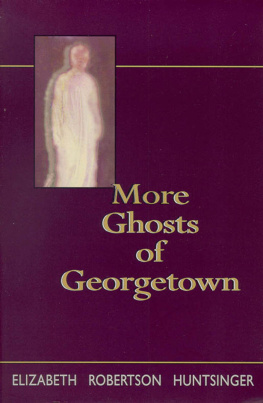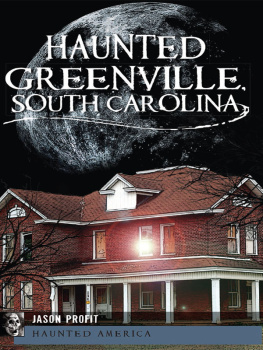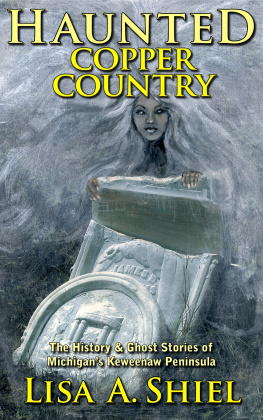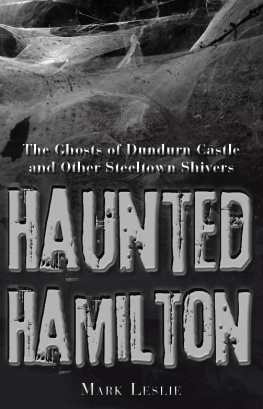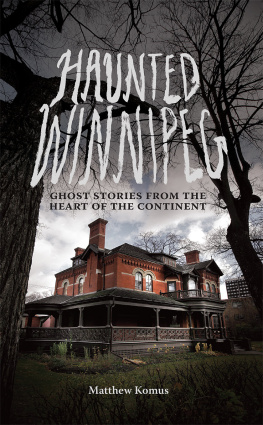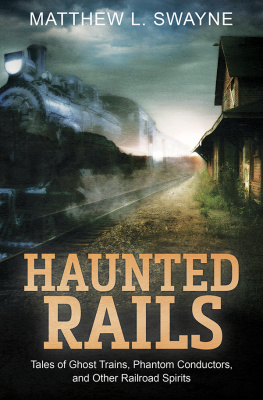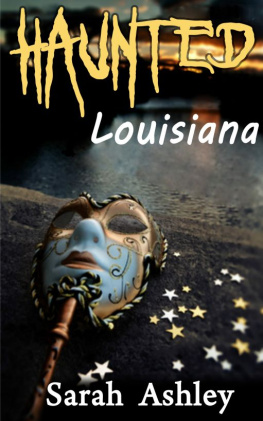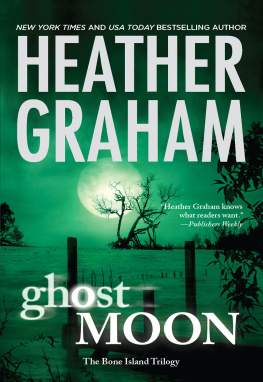More Ghosts
of
Georgetown
ALSO BY ELIZABETH ROBERTSON HUNTSINGER
Ghosts of Georgetown

Copyright 1998 by Elizabeth Robertson Huntsinger
Printed in the United States of America
All Rights Reserved
The paper in this book meets
the guidelines for permanence and durability
of the Committee on Production Guidelines
for Book Longevity of the
Council on Library Resources
DESIGN BY DEBRA LONG HAMPTON
PRINTED AND BOUND BY R. R. DONNELLEY & SONS
Library of Congress Cataloging-in-Publication Data
Huntsinger, Elizabeth Robertson, 1958
More ghosts of Georgetown / Elizabeth Robertson Huntsinger.
p. cm.
ISBN 0-89587-209-9 (alk. paper)
1. GhostsSouth CarolinaGeorgetown County. 2. Haunted housesSouth CarolinaGeorgetown County. 3. Georgetown County (S.C.)History. I. Title.
GR110.S6H87 1998
398.2'09757'8905dc219746354
For Virginia Lee
Contents
I owe a great debt of gratitude to Captain Sandy Vermont, Phil Adams, Larry Williams, Leta Cribb Stearns, Chief Gene Martin of the Chicora Indian tribe, Ruthie Thompson, Eileen Weaver, William Baldwin, Bruce Mayer, Kathy Hemingway, Eleanor Moody, Mary Helen Yarborough, Glenda Collins, John Bellamy, Elma Moore, Catherine Lewis, Marguerite Assey, the staff of the Georgetown Times, the staff of the Georgetown Library, the staff of the South Carolina Historical Society, the Georgetown County Arts Commission, and my fellow members of the Huguenot Society of South Carolina.
For their skillful rendering of the More Ghosts of Georgetown manuscript into polished book form, I would like to thank Carolyn Sakowski, Steve Kirk, and Debra Hampton.
For his immense patience, love, and a wealth of knowledge about technical details, I am grateful to my husband, Lee Huntsinger.
Though my first book, Ghosts of Georgetown, was filled to the brim with ghostly legends, there are so many hauntings in Georgetown County, South Carolina, that I could not keep my chronicles from spilling over into another volume.
After that first books publication, a number of Georgetonians came up to me and said, Did you know there is a ghost at ? They then proceeded to tell me firsthandor to put me in touch with someone who could tell meabout another local ghost. It is the kindness of these Georgetonians, who cordially invited me into their homes or places of business and graciously spent time answering my questions and telling me about their experiences, that made a number of these stories possible.
After hearing about some of the twenty ghostly presences chronicled in Ghosts of Georgetown, many visitors to the towns historic district have asked me, Why does Georgetown have so many ghosts? The answer lies in the long and colorful history of Georgetown and the surrounding low country, in the vibrant nature of the people whose lives comprise this history, and in the areas vast expanses of water.
Water has been a hallmark in the diverse and fascinating story of Georgetown and its people. Indeed, Georgetown was founded in the early 1700s because it was an ideal site for a port. Water was also the reason six tribes of Indians thrived here, along the rivers and bay, for hundreds of years before the town came into existence.
Many of the ghostly legends of Georgetown are water-oriented, taking place on or near water. In some cases, the events leading up to a haunting were caused by perilous seas or fierce thunderstorms bringing torrential rain.
Georgetown is located on a peninsula where numerous rivers meet to form Winyah Bay, which opens into the Atlantic. The ocean also bathes the countys sea islands and mainland ocean-front property. The surrounding countryside is water-bound also. The Waccamaw, Black, Pee Dee, Sampit, and North and South Santee Rivers all flow eastward through the county toward the sea.
It is this proximity to water, coupled with the vital nature of many long-ago Georgetonians, that is responsible for the unusual number of hauntings and ghostly presences, I believe.
The ghosts chronicled in this volume all have legendary or historic reasons for haunting the places they do.
Some of these storiessuch as those of the Pawleys Island terriers and the ghosts of Prospect Hill, Sunnyside, Woodlands, Keith House, Bellefield, Wedgefield, and Wachesaware well known and often told throughout the area.
Others are household legends that have scarcely been heard outside the immediate area where they took place. For example, nearly everyone in the small community of Lucas Bay has heard of the Lucas Bay light. Many of the older residents have even seen the phenomenon. Beyond Lucas Bay, however, mention of the light rarely brings recognition. Many Georgetown County residents know where the Hanging Tree is or have heard of it, but except for natives of Lamberttown and the nearby towns of Andrews and Jamestown, few know much about it. Residents of the fishing village of McClellanville have thrilled since childhood to the story of the ghost of the Cape Romain Lighthouse. But despite the occasional mentions of the towers ghostly presence that appear in newspaper and magazine articles, most people are unaware of it. The many ghosts haunting Kinloch, while not exactly taken for granted, have long been considered a part of everyday plantation life by the people who live and work there. The Kinloch ghosts, however, have never before been written about. This, too, is the case with Bolem and Hemingway Houses, where family and friends have until now been the only people aware of the ghostly presences within their homes.
Many other Georgetown ghosts will never be chronicled, as they are presences that haunt without showing themselves. Others are viable ghosts with visible, audible manifestations, but no one can seem to find out who they were in life or what their reasons are for haunting. Still other ghostly presences are the deep, dark, well-guarded secrets of individuals who will not divulge their experiences. Sadly, their stories may never be told.
Elizabeth Robertson Huntsinger
September 16, 1997
More Ghosts
of
Georgetown
_____________________On the northern end of the Georgetown County coast lies the old fishing village of Murrells Inlet, a charming hamlet steeped in the history and romance of seagoing vessels.
From the creek, where the aroma of fresh seafood prepared by third- and fourth-generation chefs drifts out of time-honored restaurants, to the wharves, where commercial fishing boats unload the treasures of the deep, Murrells Inlet is a distinct blend of the culinary and the nautical. Many rambling restaurants line the inlet, blending easily into the rustic panorama of weathered wharves.
In the evenings, seafood lovers savoring fresh oysters, shrimp, scallops, and fish gaze over the tidal marshes to the Atlantic and the horizon. Venerable live oak trees, their storm-gnarled limbs reaching over the water, spread their huge, knobby roots across the creek-side land where buccaneers once walked.
There are many legends about the wary pirates who sought to avoid patrolling privateers by hiding in the labyrinth of Murrells Inlets creeks. Edward Teach, better known as Blackbeard, is purported to have buried a cache of treasure somewhere in Murrells Inlet before meeting his fate off the North Carolina coast. Drunken Jack Island, located off Murrells Inlet, is named for a poor pirate accidentally left behind with a booty of rum stolen from a merchant ship. Surrounded by countless spent rum bottles, his bleached bones were found by his fellow crew members when they returned to the uninhabited island months later.
Next page
